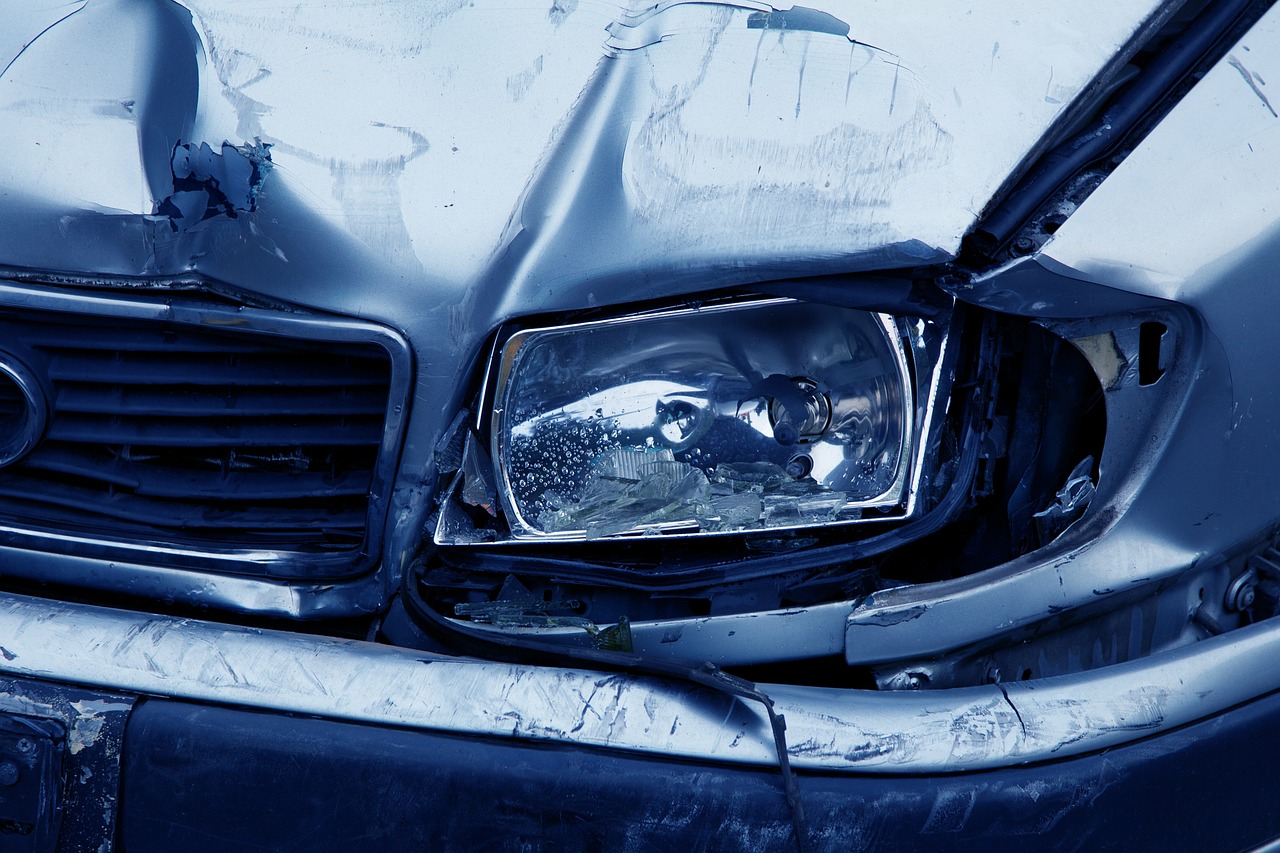Chain collision

My client is a German car rental company. On a cold December night there had been a collision of four motor vehicles on the A1. Among these motor vehicles there was one which was rented out by the client to a Russian, although it was steered by a Dutchman.
The first car suddenly had to brake because the traffic in front of him lowered speed. The car of the client also had to brake, as had the car behind him. It was the third car who could not brake in time and which clashed into the car of the client, which pushed his car against the first. All involved cars incurred damage and filled in a claim form.
Mister Y, the opposing party, collided into the clients’ car from behind. The client is of the opinion that mister Y is liable for all damages of the car of the client and the car in front of them.
The starting point in the law is that every car is liable for its own damage, unless caused by another. According to article 19 of the Regulations Traffic Rules and Signs, a driver must be able to stop his vehicle within the distance of the road which he can oversee and which is free. The claim of my client was based on this article.
Mister Y refuses to acknowledge his liability, because he is of the opinion that my client had braked to early or that the car behind him is liable for the damage. That car touched his car, which was the cause of him touching my clients’ car. Mister Y claims to have braked in time and claims that in first instance there was no contact between his and my clients’ car. This only happened after the touch of the third car.
In the end four cars have become involved in this collision and all drivers blamed each other. This presented us with a tangle of statements which leaves us absent of a clear view on the responsibility for the collision. How do judges act on such a situation?
Firstly the main line is as follows: “The car who collides from behind has to prove that he cannot be held liable.” This main line has been established in the judgment of the Supreme Court of the 13th of April 2001 (SC 13-04-2001 LJN:AB1065). This judgment is beneficial for my client, who has the presumption with him that mister Y has to prove that his collision with the clients’ car cannot be held against him. The fourth car however does acknowledge that he collided with the car of mister Y, but denies to have pushed him. On that moment the collision between mister Y and my client already would have taken place, according to the fourth driver. That statement does not contribute to the story of mister Y and he only has his own statement as evidence (which is legally insufficient). What also played a role is that mister Y only claimed the damage on his rear side, instead of the damage on his frontal side. Only when that first claim would have been approved he would have claimed also the damage on the frontal side. Because he did not claim this on the claim form, mister Y is held liable for the damage of my client.
The case shows that in these kind of accidents, involving multiple cars, it is highly important to retrace your memories of what actually happened. That is difficult, as things go quickly. It is nevertheless important to stay alert, make photos and to find witnesses. Think clearly when you fill in a claim form, check your statement and think of the consequences. It can have severe consequences in the end.
When you are confronted with such a situation and the other party does not want to retribute the damage, you can always contact our office. We will look which possibilities we see for you.

